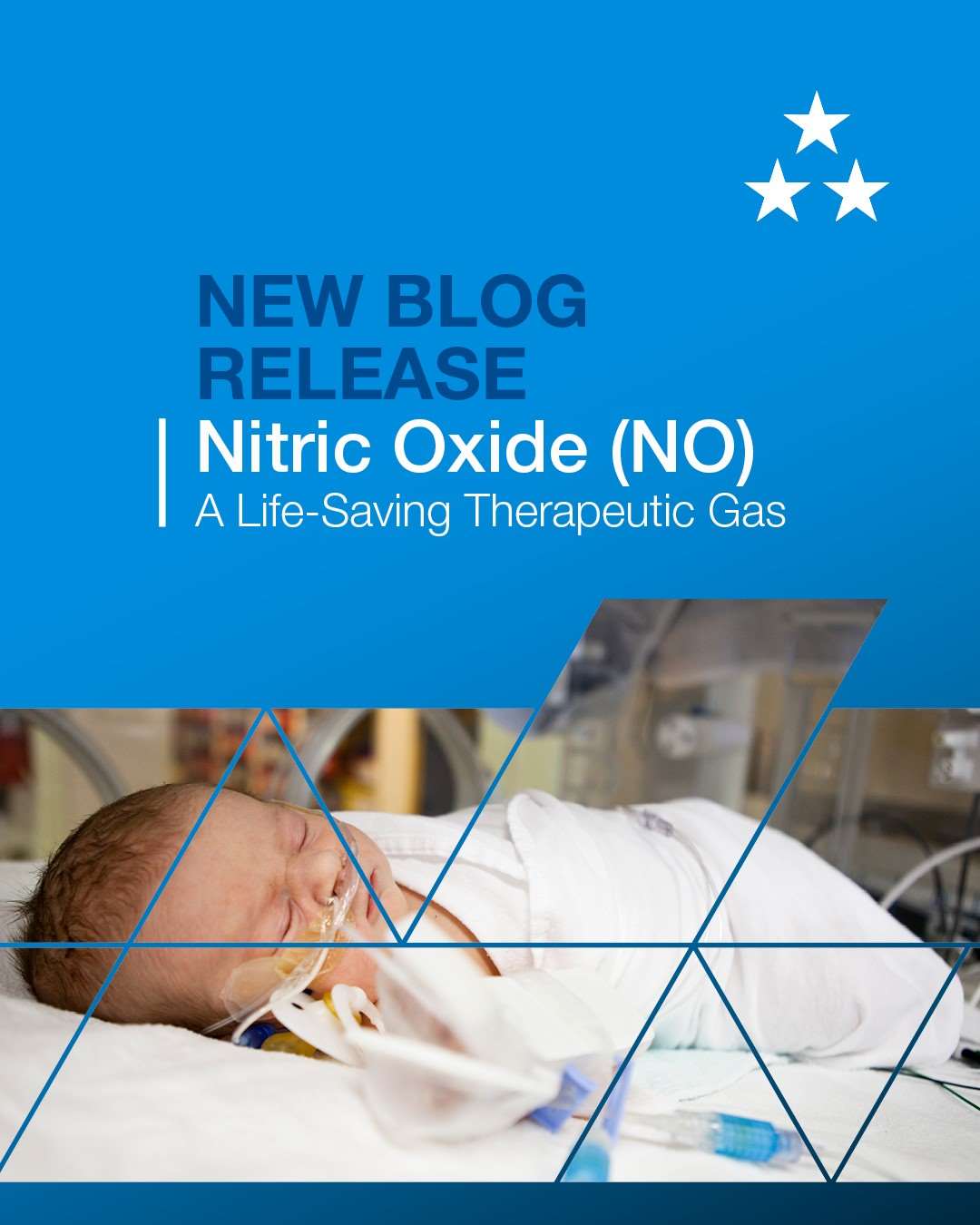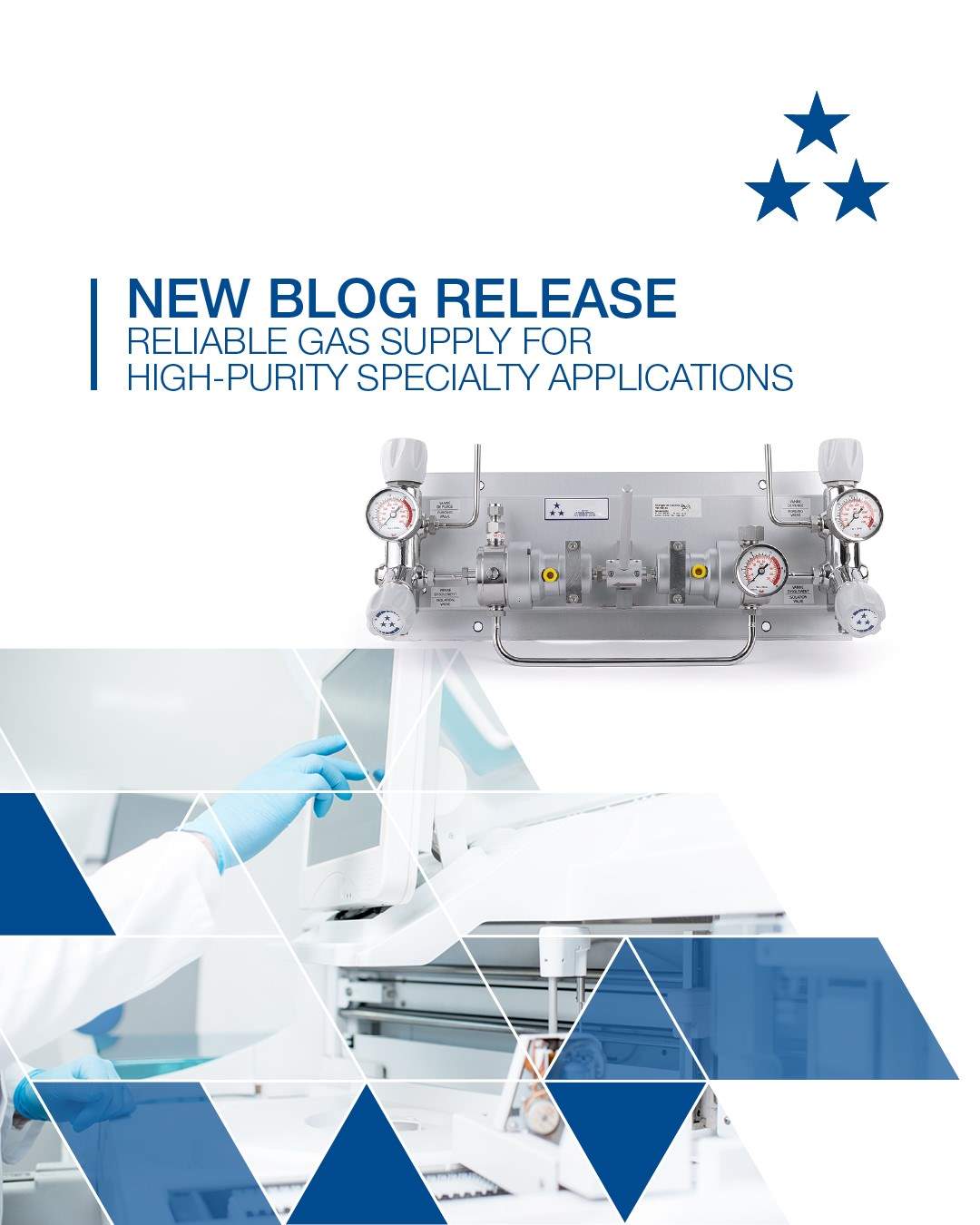Why SP Approval is Important for Bus Fire Protection

There are systems now available that are designed to quickly suppress fires in the bus engine compartment. But how do you know if they are effective? The conditions inside a bus engine are unique and extreme. When you combine high heat, humidity, wind, and intense vibration with highly flammable substances, the demands on a fire suppression system are extreme – especially when you consider that buses are in constant service for long periods of time.
The same fire suppression system that works well in a temperature controlled, motionless electrical cabinet may not stand up to the rigorous environment of a bus engine.
To help bus companies choose fire suppression systems that have been proven effective in the harshest of bus engine environments, the SP Technical Institute of Sweden has created a certification system called the “P-mark.” All system components, such as nozzles, pressure cylinders, piping, detectors, electronic components and control panels, are tested in specially built compartments that more closely replicate the conditions of a moving bus. The fire-fighting performance of different systems is objectively evaluated using consistent criteria as defined in SPCR 183, under all relevant fire scenarios. The test methods are repeatable and reproducible. Testing also includes re-ignition due to fuel spray.
In addition, the system manufacturer is subject to regular “factory production control” audits conducted by independent third parties. This ensures ongoing quality.
Choosing a fire suppression system with the “P-mark” is a bus owner’s best option. The FireDETEC Compact Line for Vehicle Engines was the first to gain SP approval. By delivering proven, fast bus engine fire suppression, it can save lives and protect property.








